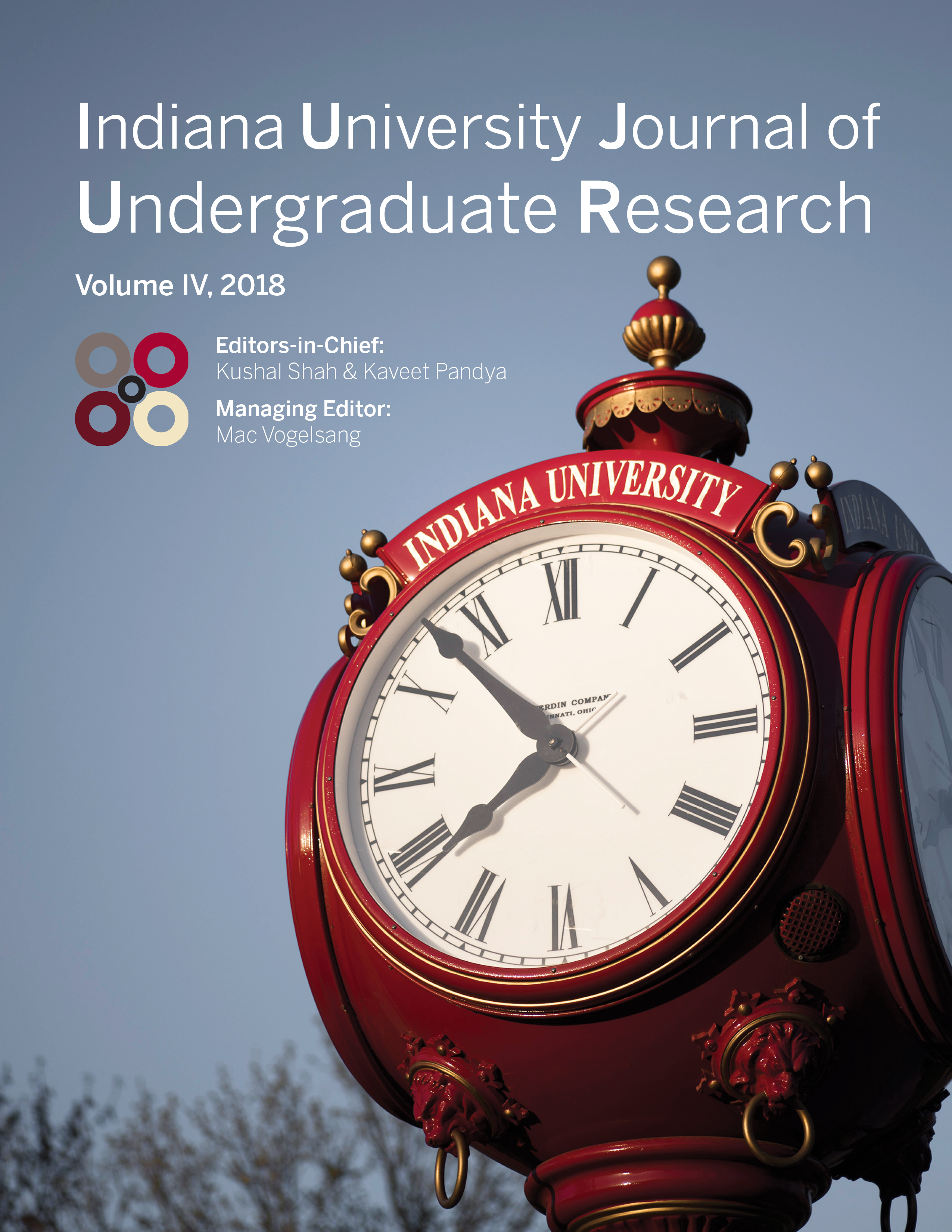Can the Machine Understand: An Evidence Based Approach to the Chinese Room
Main Article Content
Abstract
The debate of a thinking machine continues on, especially in an era where machines are achieving tasks that we never thought possible. In this essay, I explore one of the most famous critiques of the thinking machine, Searle’s Chinese room, by breaking down his argument into two claims of varying scope. I then offer an alternative method to assess this argument, by employing a top down approach in contrast to Searles which seems to advance from the conclusion. I explore the current thinking on how the human brain may come to understand the world, as well as some of the aspects of these semantics. This is all in an effort to elucidate some the features necessary for machine understanding and to accurately assess whether a machine possesses them. I conclude that Searle may have been too quick to judge the abilities of computers, and that a claim that any digital computer cannot understand is much too strong.
Downloads
Article Details
Authors who publish with this journal agree to the following terms:
- Ownership of the copyright shall remain with the Author, subject to IUJUR’s use and the rights granted by the Creative Commons license assigned by the Author. A Creative Commons Attribution-NonCommercial 4.0 International (CC BY-NC 4.0) license will be applied to the published work unless otherwise indicated in the Student Author Contract. The CC BY-NC 4.0 license (https://creativecommons.org/licenses/by-nc/4.0/) lets others remix, tweak, and build upon the published Work non-commercially, and although the new works must also acknowledge the original IUJUR publication and be noncommercial, they don’t have to license their derivative works on the same terms.Authors are able to enter into separate, additional contractual arrangements for the non-exclusive distribution of the journal's published version of the work (e.g., post it to an institutional repository or publish it in a book), with an acknowledgement of its initial publication in this journal.
- Authors are permitted and encouraged to post their work online (e.g., in institutional repositories or on their website) prior to and during the submission process, as it can lead to productive exchanges, as well as earlier and greater citation of published work (See The Effect of Open Access).
References
Aitchison, J. (2012). Words in the mind: An introduction to the mental lexicon. Hoboken, NJ: John Wiley & Sons.
Barsalou, L. W. (2008). Grounded cognition. Annu. Rev. Psychol., 59, 617-645.
Bergelson, E., & Swingley, D. (2013). The acquisition of abstract words by young infants. Cognition, 127(3), 391-397.
Bjorklund, D. F., & Causey, K. B. (2017). Children’s thinking: Cognitive development and individual differences. SAGE Publications.
Greenough, W. T., Black, J. E., & Wallace, C. S. (1987). Experience and brain development. Child development, 539-559.
Griffiths, P. E. (2002). What is innateness?. The Monist, 85(1), 70-85.
Krcmar, M., Grela, B., & Lin, K. (2007). Can toddlers learn vocabulary from television? An experimental approach. Media Psychology, 10(1), 41-63.
Kuhl, P. K., Conboy, B. T., Padden, D., Nelson, T., & Pruitt, J. (2005). Early speech perception and later language development: Implications for the” critical period”. Language Learning and Development, 1(3-4), 237-264.
Lycan, W., (2015). Representational Theories of Consciousness, The Stanford Encyclopedia of Philosophy, Edward N. Zalta (ed.), URL = <https://plato.stanford.edu/archives/sum2015/entries/consciousness-representational/>.
Mnih, V., Kavukcuoglu, K., Silver, D., Graves, A., Antonoglou, I., Wierstra, D., & Riedmiller, M. (2013). Playing Atari with deep reinforcement learning. arXiv preprint arXiv:1312.5602.
National Research Council. (2000). How people learn: Brain, mind, experience, and school: Expanded edition. National Academies Press.
Roy, D. (2005). Grounding words in perception and action: computational insights. Trends in cognitive sciences, 9(8), 389-396.
Schank, R. C., & Abelson, R. P. (2013). Scripts, plans, goals, and understanding: An inquiry into human knowledge structures.London: Psychology Press.
Searle, J. R. (1980). Minds, brains, and programs. Behavioral and brain sciences, 3(3), 417-424.
Silver, D., Schrittwieser, J., Simonyan, K., Antonoglou, I., Huang, A., Guez, A., ... & Chen, Y. (2017). Mastering the game of go without human knowledge. Nature, 550(7676), 354.
Turing, Alan M. (1950). Computing machinery and intelligence. Mind, 59(236), 433-460.
Woodward, A. L., & Markman, E. M. (1998). Early word learning. Handbook of child psychology: Vol. 2. Cognition, perception, and language, 371-420.
Yang, C. D. (2004). Universal Grammar, statistics or both?. Trends in cognitive sciences, 8(10), 451-456.
Yee, E. (2017). Fluid semantics: Semantic knowledge is experience-based and dynamic. The Speech Processing Lexicon: Neurocognitive and Behavioural Approaches, 22, 236.

